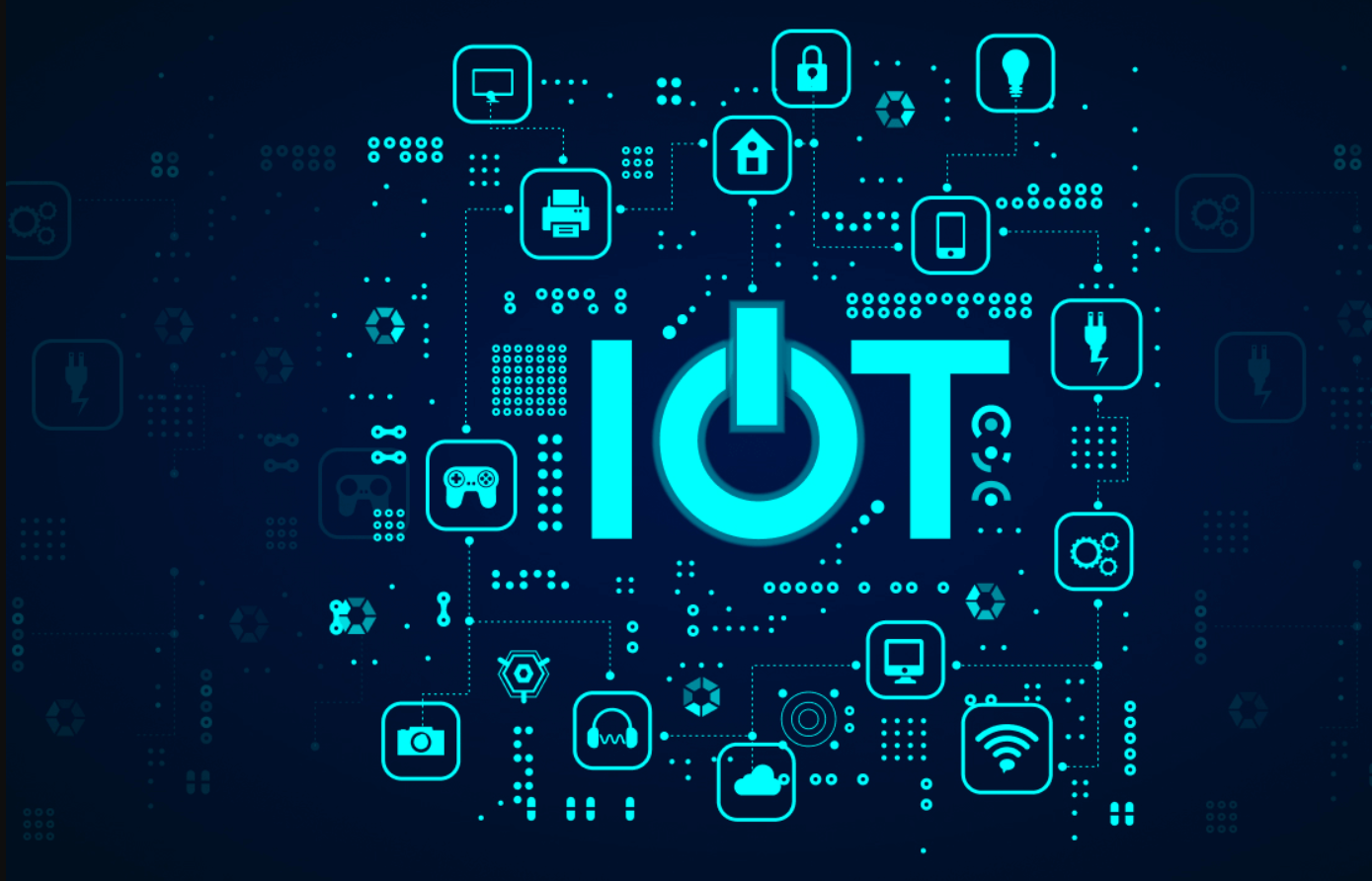
The IoT technology has brought about a significant change in various industries and enabled a new level of connectivity. It involves a network of devices, objects, and sensors interconnected through the internet, communicating and exchanging data. This technology can potentially revolutionize how we live and work, creating a more efficient, convenient, and interconnected world.
In this article, we will explore the rise of IoT, its applications in different sectors, and its impact on our daily lives.
Understanding IoT
Definition and Components
The term “Internet of Things” (IoT) describes a physical object network with sensors, software, and connectivity to collect and share data. It consists of three main components:
- Devices: These are physical objects such as smartphones, wearables, appliances, and industrial machinery equipped with sensors and connectivity capabilities.
- Connectivity: IoT devices use communication technologies like Wi-Fi, Bluetooth, cellular networks, or low-power wide-area networks (LPWAN) to connect and exchange data.
- Cloud and Data Analytics: IoT devices gather data which is then stored and analyzed in the cloud. This data can be monitored, processed, and used to make informed decisions.
Key Features of IoT
- Connectivity: IoT devices can connect to the internet, enabling effortless communication and data exchange.
- Data Collection: IoT devices gather vast amounts of data through sensors, providing valuable insights for analysis.
- Automation and Control: IoT enables remote monitoring and control of devices, optimizing efficiency and convenience.
- Integration: IoT integrates with existing systems, enabling interoperability and seamless integration into various applications.
IoT Applications in Different Sectors
- Smart Homes: IoT has revolutionized the concept of smart homes by connecting devices and appliances for enhanced automation, energy efficiency, and convenience. Examples include smart thermostats, lighting systems, security cameras, and voice-activated assistants.
- Healthcare: IoT is transforming the healthcare industry by enabling remote patient monitoring, improving patient outcomes, and enhancing operational efficiency. Examples include wearable health trackers, remote medical devices, and telemedicine solutions.
- Industrial IoT (IIoT): IIoT is revolutionizing industries by connecting machines, sensors, and systems to improve productivity, optimize processes, and reduce costs. Examples include predictive maintenance systems, smart factories, and asset-tracking solutions.
- Smart Cities: IoT is crucial in building smarter and more sustainable cities. It enables efficient traffic management, smart lighting systems, waste management, and environmental monitoring, improving quality of life and resource optimization.
Impact of IoT on Daily Lives
- Convenience and Efficiency: IoT devices make life more convenient by automating tasks like turning on lights or adjusting room temperature. They also help optimize resource usage, such as energy consumption, in smart homes.
- Improved Safety and Security: IoT-enabled security systems, such as smart locks and surveillance cameras, enhance home and workplace security. IoT also enables quick emergency response through connected devices.
- Health and Wellness: IoT wearables and health devices allow individuals to monitor their health parameters, track fitness goals, and receive personalized insights for improved well-being.
- Environmental Impact: The Internet of Things (IoT) can benefit the environment positively. IoT devices can help optimize energy consumption, reduce waste, and lower greenhouse gas emissions by enabling smart energy management systems. For example, smart thermostats can automatically adjust temperature settings based on occupancy, weather conditions, and energy usage patterns, resulting in energy savings. Similarly, smart grid systems can balance energy demand and supply more efficiently, reducing the need for fossil fuel-based power generation.
Challenges and Considerations
- Security and Privacy: Security and privacy concerns have become crucial with the increased connectivity and data exchange in IoT. Protecting sensitive data, ensuring secure communication, and safeguarding against cyber threats are essential considerations in IoT implementations.
- Interoperability and Standards: As IoT devices and platforms grow, interoperability becomes a challenge. Ensuring seamless integration and compatibility between devices from different manufacturers requires establishing industry standards and protocols.
- Scalability and Network Infrastructure: The exponential growth of IoT devices poses challenges to the scalability of networks and infrastructure. Scaling up to support the increasing number of connected devices and managing the massive amount of data generated requires robust network infrastructure and data storage capabilities.
- Ethical and Legal Considerations: IoT raises ethical questions around data ownership, consent, and privacy. Regulations and policies must be developed to protect individuals’ rights and ensure IoT technologies’ responsible and ethical use.
Conclusion
The rise of IoT can potentially transform various aspects of our lives and industries. As technology advances, we can expect more innovative applications and use cases for IoT. However, addressing security, privacy, interoperability, and scalability challenges will be critical for the widespread adoption and success of IoT. IoT can create a more connected, efficient, and sustainable world by leveraging the power of connected devices, data analytics, and automation.
In conclusion, the rise of IoT is revolutionizing how we live and work by connecting the world in a new way. With its wide range of mobile application development across sectors, IoT enhances convenience, improves efficiency, and drives economic growth. However, careful consideration of security, privacy, and ethical aspects is necessary to fully harness the potential of IoT while ensuring a responsible and sustainable implementation. The future of IoT holds immense possibilities, and it is crucial to embrace this technology and navigate its challenges to create a connected world that benefits all.


